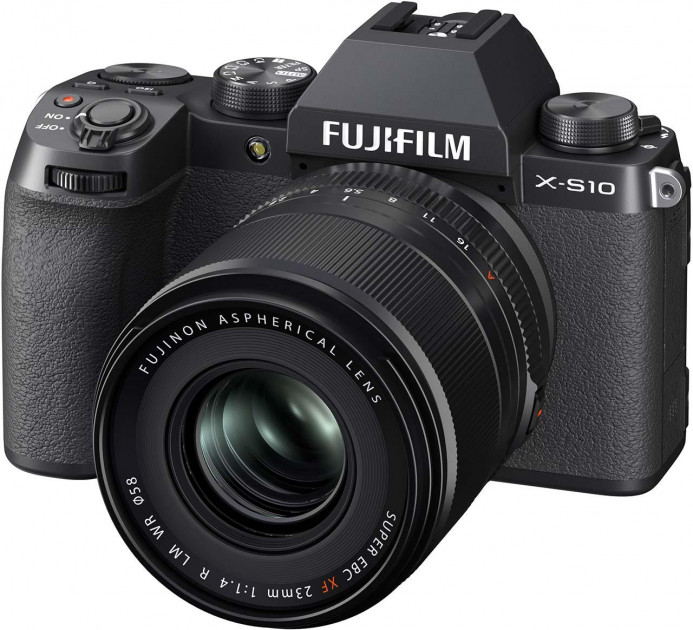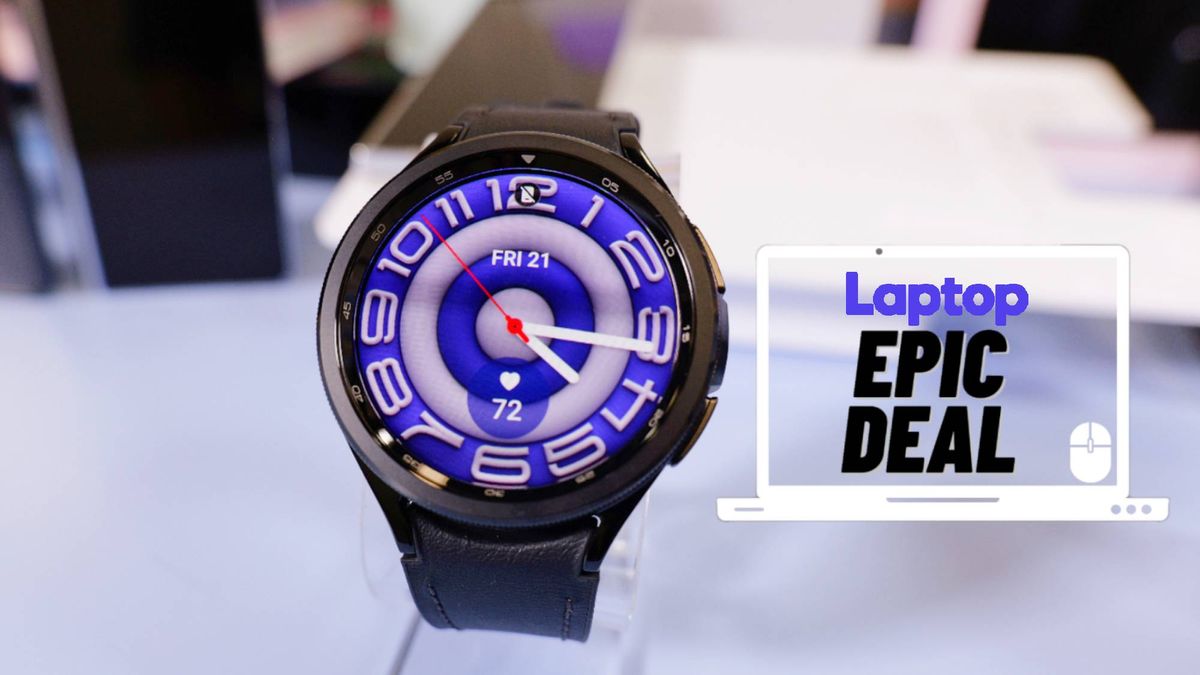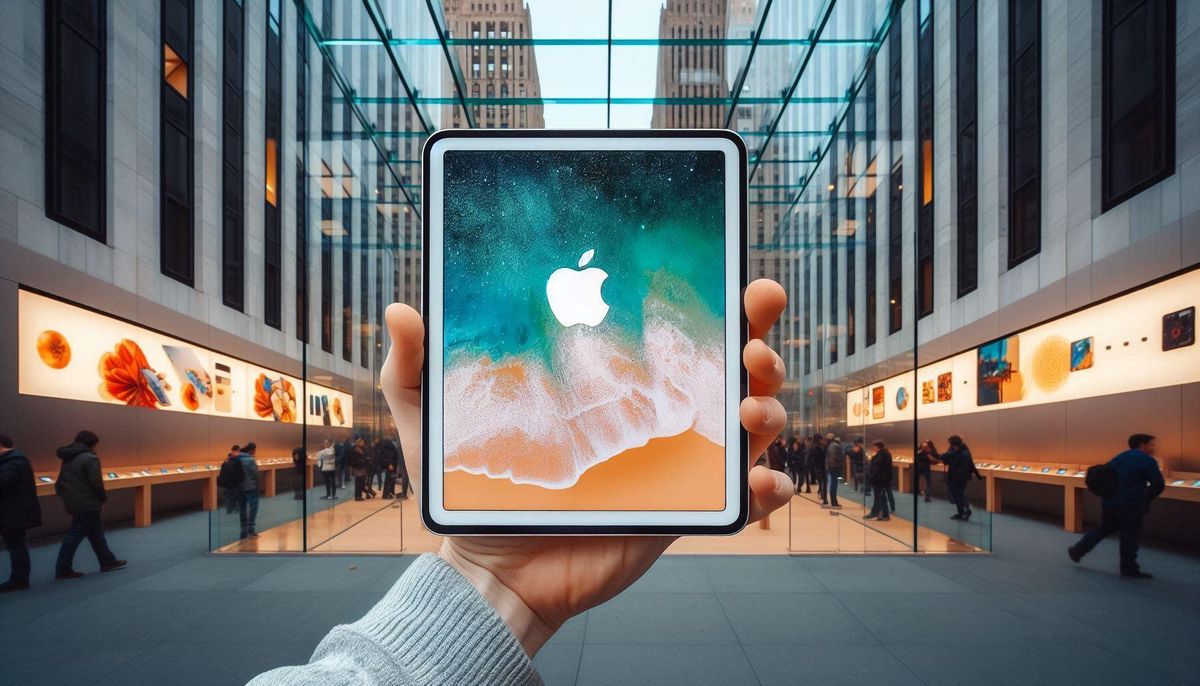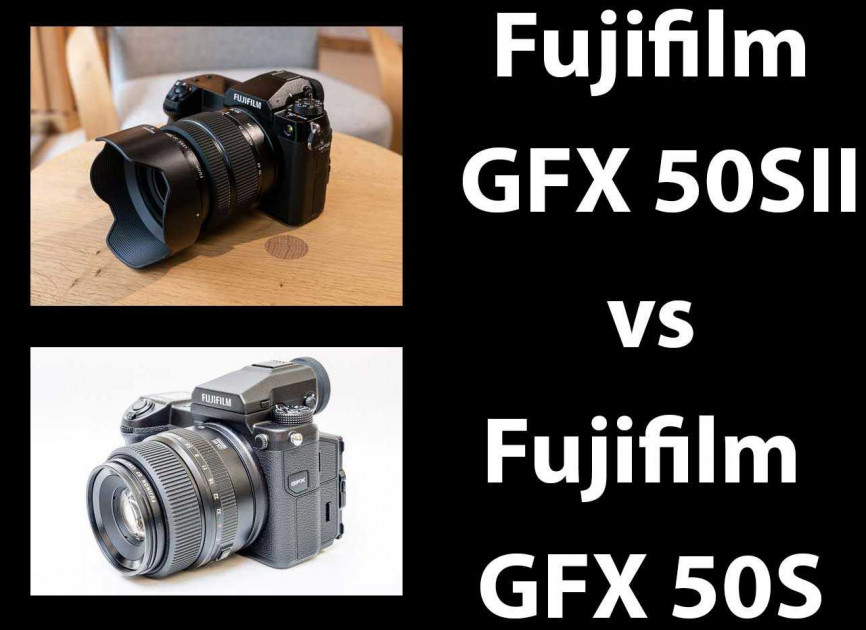

Smaller in size than the GFX 50S and only a little bigger than many full-frame DSLR cameras, with a price-tag of £3499 / $3999 the GFX 50SII is also significantly cheaper than the GFX 50S was on launch.
So what exactly has changed in the 3 years since the launch of the GFX 50S, and is the older model still worth considering? We take a closer look in our detailed head-to-head comparison of the Fujifilm GFX50S II versus the GFX50S.
Sensor and Processor

The image sensor inside the new GFX 50S II is exactly the same 51.4 megapixel CMOS sensor as the one used in the original model.
The GFX 50S uses the older X-Processor Pro engine, though, rather than the latest, most powerful X-Processor 4 processor that the Mark II camera benefits from.
ISO Speed
The native sensitivity range of both cameras is ISO 100 to ISO 12,800, which is expandable to 50-102,400.
Film Simulations
The GFX 50S II adds one new film simulation that the original model doesn’t have – Nostalgic Neg, which was originally developed for the launch of the GFX 100S and is characterized by high saturation and soft tonality.
Video

Both the GFX 50S II’s and GFX 50S’s video mode features a highest quality rate of Full HD 1080/30p.
There is no 4K mode on either camera, a limitation of the 50 megapixel sensor. You’ll need to step up to the 100 megapixel GFX 100 / 100S models for 4K recording capabilities.
The Mark II does offer an improved maximum recording time of 2 hours, though, versus 30 minutes on the original model.
Autofocus
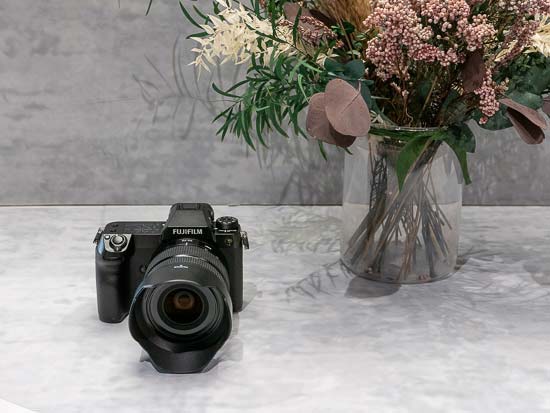
The new GFX 50S II and the original GFX 50S only have a contrast-based AF system, which results in slower performance than the 100 megapixel GFX models with their hybrid contrast and phase-detection systems, so if auto-focus speed is paramount then one of the GFX 100 models is the best option.
Having said that, Fujifilm have added a new Rapid AF option to the Mark II 50S, which speeds up the contrast-based focusing and also makes it more accurate by using the new IBIS unit to control sensor motion blur.
Also, the latest X-Processor 4 inside the 50SII benefits from having the latest algorithm that improves the AF’s refresh rate, resulting in more accurate autofocus in Face / Eye Detection compared to the previous model.
Burst Shooting
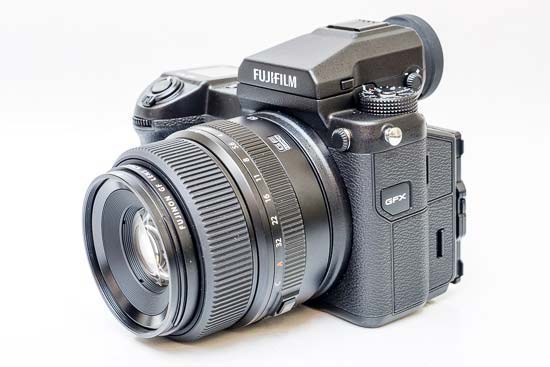
The new GFX 50SII and the older 50S aren’t exactly speed demons when it comes to continuous shooting speeds, only being capable of recording at 3fps, versus 5fps on the higher-resolution GFX 100S.
Shutter Speeds
All of the GFX cameras have a mechanical focal plane shutter that offers the same fastest shutter speed of 1/4000th second and a longest exposure time of 60 minutes. There’s also an electronic shutter which provides an even faster shutter speed of up to 1/16000 sec.
Body and Design
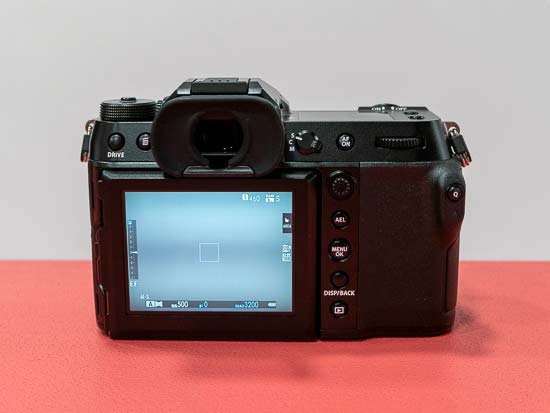
The new GFX 50S takes a radically different approach to the previous GFX 50S model, retaining many of the same core features but instead focusing on being much more integrated and therefore cheaper to manufacture.
So instead of weighing in at 740g and measuring 148x94x91mm, the GFX 100S weighs 900g and measures 150×104.2×87.2mm, so similarly sized but slightly heavier, although the 740g figure for the GFX 50S is without the removable EVF being fitted.
The GFX 100S does manage to include an IBIS unit that’s even more effective than the one on the GFX 100S – this feature was completely missing on the original 50S camera.
The GFX 50SII also features a redesigned shutter unit, while taking advantage of a smaller, but very efficient lithium-ion battery (the same one used by the X-T4 APS-C camera).
It has a highly robust grip, with a comfortable in-hand feel, that makes it exceptionally easy to hold for extended periods of time.
On top, there’s a PASM dial with six programmable custom options on the left-hand side plus a switch that lets users quickly change between still and movie mode.
On the right is a 1.8-inch LCD panel which can be customized to show key EXIF settings – like shutter speed, aperture, ISO sensitivity and exposure compensation – and set to display the status of key functions or available capacity on storage media.
At the rear, the Mark II looks just like one of the recent X-series cameras, with a familiar, uncluttered interface that marks quite a departure from the 50S’s control layout.
It also doesn’t support the GFX 50’s optional battery grip with secondary controls – indeed, Fujifilm have gone even further by deciding not to offer a battery grip at all for the GFX 50SII.
If you’re a bigger fan of traditional controls rather than PASM dials, the original GFX 50S offers dedicated ISO and shutter speed dials on its top-panel, as well as a small LCD screen.
IBIS

Both the GFX 100, the GFX 100S and now the new GFX 50S II all have an in-body 5-axis stabilisation (IBIS) system, whereas the GFX 50S doesn’t offer this feature at all.
The GFX100 offers 5.5 stops of compensation, the GFX 100S offers 6 stops of compensation, and the GFX 50S II offers a class-leading 6.5 stops of compensation, thanks to a slightly redesigned IBIS unit.
Viewfinder
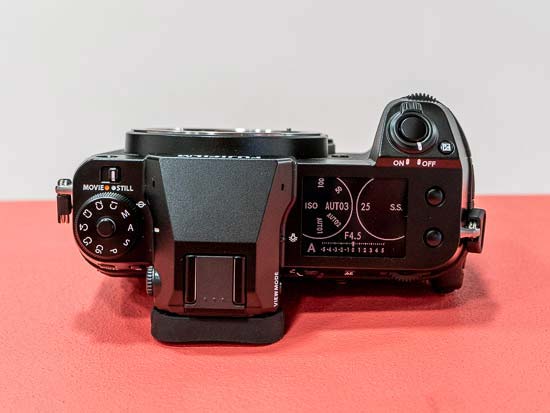
The GFX 100S and GFX 50S II both share the same built-in 3.69M-dot OLED electronic viewfinder with a magnification of 0.77x.
The EVF can actually be completely removed from the main camera body on the 50S model, whereas it’s fixed in place on the new GFX 50S II. It offers the same 3.69M-dot resolution but has greater 0.85x magnification.
The optional EVF-TL1 tilt and swivel adapter can also be used with the 50S’ viewfinder to change the angle of the viewfinder to a maximum angle of 90° when shooting horizontal landscapes and ±45° when shooting in the portrait position.
So the viewfinder on the 50S is more versatile and higher-resolution than the one on the newer model, at the cost of great complexity and an accompanying increase in price.
LCD Screen
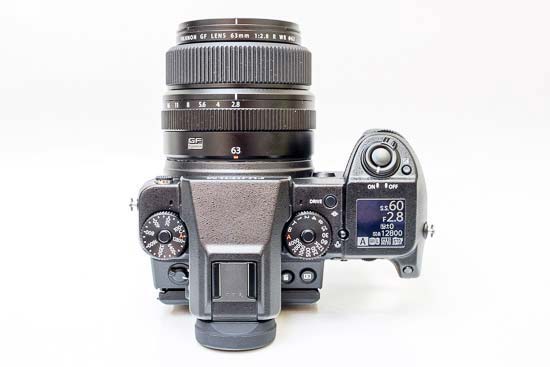
Both the 50S and 50S II have a 3.2-inch touch-sensitive LCD screen with 2.36M-dots and 100% coverage that can be tilted in three directions – forwards by 90-degrees, downwards by 45 degrees and, at the press of a button, 60-degrees out to the side.
Memory Cards

Both cameras have dual memory card slots, both of which support the super-fast UHS-II memory card standard.
Battery Life
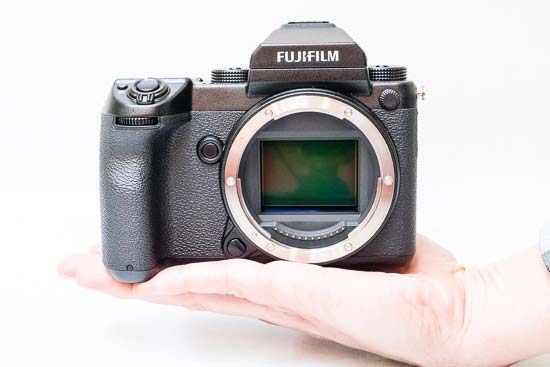
The Fujifilm GFX 50S II now uses exactly the same NP-W235 battery as the X-T4 APS-C sensor camera, rather than the TP-125 battery used by the GFX 50S.
This is good news if you’re an X-series user looking to jump up to medium-format, but less welcome for photographers already invested in the GFX system.
The NP-W235 offers a CIPA-rated battery life of up to 455 shots on a single charge in normal mode, versus 400 shots for the TP-125, so the GFX 50S actually offers the best battery life.
The GFX50S can also be powered and charged via a USB-C connection, which is useful if you’re out and about and have a compatible powerbank to plug the camera into. The GFX 50S doesn’t offer this feature.
Unlike the GFX 50S, though, there is no battery grip option for the GFX 50S II, just support for the metal hand grip (MHG-GFX S) that was first introduced with the GFX 100S.
Price
The Fujifilm GFX 50S II is priced at just £3499 / $3999 body only, or £$4000 with the new GF 35-70mm kit lens, an astonishing price for a medium format camera that’s on par with some high-end 35mm full-frame models, like the Canon EOS R5 and Sony Alpha A1.
The GFX 50S had an RRP of £6199 / $6499 on launch three years ago, although nowadays it has a street price of around £4899 / $5499. We’d expect those prices to drastically fall further in the coming months following the introduction of the GFX 50S II.
Conclusion
The new GFX 50S II is a crucially much cheaper camera than the GFX 50S was at launch, yet in many ways it out-performs its predecessor, most notably offering faster auto-focusing, a class-leading IBIS system, Pixel Shift Multi Shot mode, and longer battery life.
On the other hand, you do lose the versatility of the GFX 50S’ removable electronic viewfinder and battery grip, and the two cameras have markedly different control layouts and approaches, with the new GFX 50S following the lead of the recent 100S model with its more pared-back, more DSLR-like design that eschews the classic Fujifilm external controls.
So what do you think? Would you choose the new GFX 50S II instead of the previous GFX 50S model? Leave a comment below!

